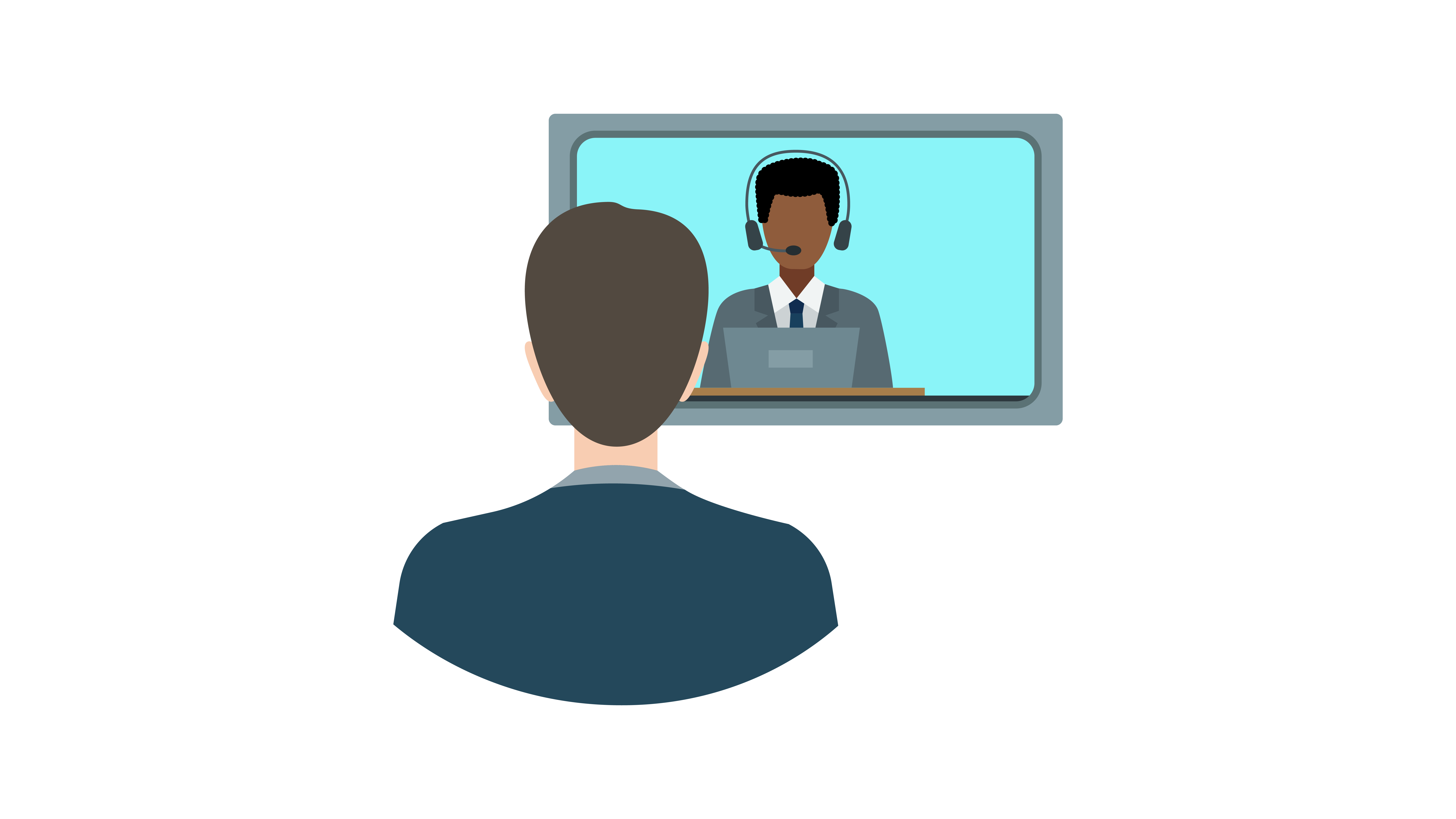All Categories
Featured
Customer data platforms (CDPs) are a vital tool for modern organizations that want to gather the, organize, and store all customer data in a single location. They provide the most accurate and complete picture of the customer which can be used for targeted marketing and personalized customer experience. CDPs come with a wide range of features that can be used to improve data management, data quality and formatting. This allows customers to be compliant with regards to how data is stored, used and access. With the ability to pull data from other APIs as well, the CDP will also allow organizations to place the customer at the forefront of their marketing efforts and enhance their operations. It also allows them to connect with their customers. This article will explore the various aspects of CDPs and the ways they can help organizations.
cdp data platform
Understanding the CDP. The customer data platform (CDP) is a piece of software that allows businesses to gather, store and manage the customer's information from one central area. This gives an precise and complete picture of the customer. It is used to create targeted marketing and personalized customer experiences.
-
Data Governance: A CDP's ability to protect and control the data that it incorporates is among its primary attributes. This includes profiling, division and cleaning of the data coming in. This helps ensure compliance with data laws and regulations.
-
Data Quality: Another crucial element of CDPs is to ensure that the data collected is of high quality. This includes making sure that the data is correctly input and has the required standards of quality. This helps to minimize additional expenses associated with cleaning, transformation and storage.
-
Data formatting: A CDP can also be used to make sure that data adheres to a specific format. This allows data types like dates to be matched across customer data and ensures consistency and logic in data entry. cdp meaning
-
Data Segmentation Data Segmentation: The CDP lets you segment customer data in order to better understand customers from different groups. This allows you to test different groups against one another and get the right sample distribution.
-
Compliance A CDP allows organizations to handle the information of customers in a legal way. It allows you to establish safe policies and classify information in line with the policies. It can also help you identify compliance violations while making decisions about marketing.
-
Platform Choice: There are various kinds of CDPs that are available, so it is important to understand your use case so that you can select the best platform. This is a must when considering aspects like data privacy , as well as the ability to pull data from different APIs. cdp define
-
The Customer at the Center Making the Customer the Center CDP lets you integrate live customer data. This gives you the instant accuracy as well as the precision and consistency that every marketing department requires to increase efficiency and connect with customers.
-
Chat Billing, Chats, and More with a CDP, it is easy to get the context you require to have a productive conversation, no matter if it's past chats, billing, or more.
-
CMOs and big data 61% of CMOs feel they are not leveraging enough big data according to the CMO Council. A CDP can help to overcome this by providing the complete picture of the customer and allowing to make more efficient use of data to improve marketing and customer engagement.
With a lot of various kinds of marketing technology out there every one normally with its own three-letter acronym you might wonder where CDPs come from. Although CDPs are amongst today's most popular marketing tools, they're not a totally brand-new concept. Rather, they're the most recent step in the advancement of how online marketers handle customer information and client relationships (Customer Data Platforms).

For a lot of online marketers, the single greatest value of a CDP is its ability to sector audiences. With the capabilities of a CDP, online marketers can see how a single client connects with their company's different brand names, and determine chances for increased personalization and cross-selling. Obviously, there's a lot more to a CDP than segmentation.
Beyond audience segmentation, there are 3 big reasons your company may want a CDP: suppression, customization, and insights. Among the most interesting things online marketers can do with data is recognize consumers to not target. This is called suppression, and it becomes part of delivering truly individualized client journeys (Cdp's). When a consumer's combined profile in your CDP includes their marketing and purchase information, you can reduce ads to customers who've currently made a purchase.

With a view of every customer's marketing interactions connected to ecommerce information, website visits, and more, everyone across marketing, sales, service, and all your other teams has the possibility to understand more about each consumer and provide more personalized, appropriate engagement. CDPs can assist online marketers attend to the source of many of their greatest everyday marketing problems (What is Cdp in Marketing).
When your information is disconnected, it's more difficult to comprehend your consumers and develop significant connections with them. As the number of data sources utilized by online marketers continues to increase, it's more vital than ever to have a CDP as a single source of fact to bring all of it together.
An engagement CDP uses consumer information to power real-time personalization and engagement for customers on digital platforms, such as websites and mobile apps. Insights CDPs and engagement CDPs make up most of the CDP market today. Really few CDPs include both of these functions equally. To select a CDP, your company's stakeholders need to think about whether an insights CDP or an engagement CDP would be best for your needs, and research study the couple of CDP choices that consist of both. What is Customer Data Platform.
Redpoint GlobalLatest Posts
The Importance of Data Quality in a CDP
Maximizing Your Marketing Efforts with a CDP
How CDPs Can Improve Customer Engagement